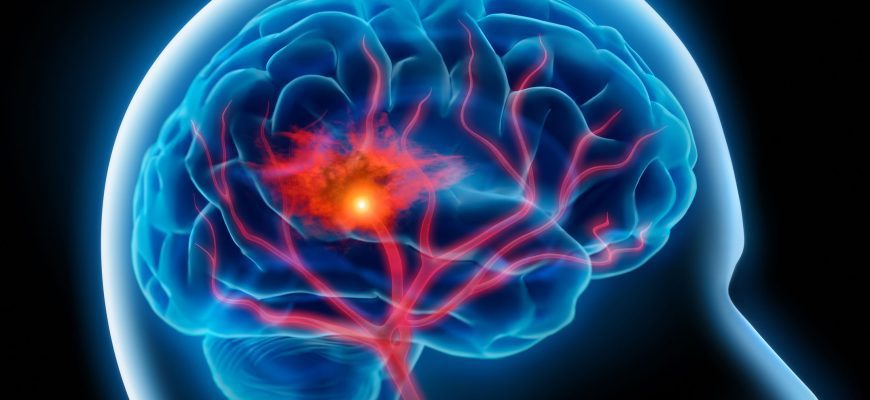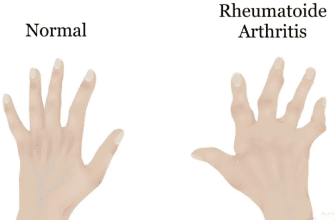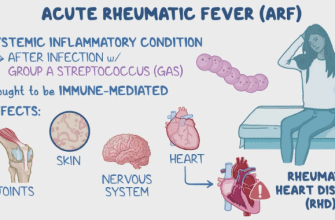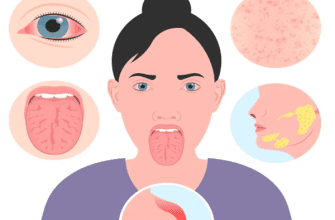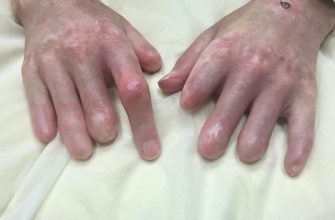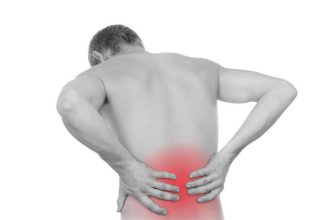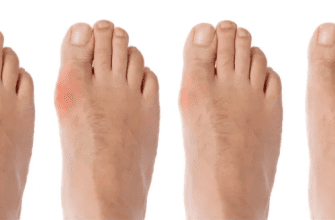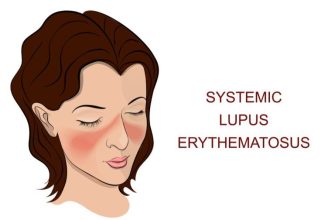What Is a Stroke?
A stroke occurs when blood flow to the brain is interrupted, causing brain cells to die within minutes. It’s a medical emergency requiring immediate treatment to prevent disability or death.
Key Facts (American Stroke Association – ASA):
✔ #5 cause of death & leading cause of disability in the U.S.
✔ 80% are preventable with lifestyle changes.
✔ Every 40 seconds, someone in the U.S. has a stroke.
Types of Stroke (National Institute of Neurological Disorders and Stroke – NINDS)
- Ischemic Stroke (87% of cases)
- Caused by a blocked artery (clot or plaque).
- Hemorrhagic Stroke (13%)
- Caused by a ruptured blood vessel (e.g., aneurysm).
- Transient Ischemic Attack (TIA) – “Mini-Stroke”
- Temporary blockage (warning sign of future stroke).
Symptoms (BE FAST Mnemonic) (CDC)
- Balance loss
- Eyes (blurred vision)
- Face drooping
- Arm weakness
- Speech difficulty
- Time to call 911
Other Signs:
✔ Sudden severe headache (“worst headache of life”).
✔ Confusion, dizziness, nausea.
Diagnosis (Mayo Clinic)
- CT Scan – Rules out bleeding (hemorrhagic stroke).
- MRI – Detects early ischemic strokes.
- Carotid Ultrasound – Checks for artery blockages.
- Blood Tests – Rule out clotting disorders.
Time is brain! Faster treatment = less disability.
Treatment (ASA & FDA)
Ischemic Stroke:
- Clot-busting drugs (tPA) – Must be given within 4.5 hours.
- Thrombectomy – Mechanical clot removal (up to 24 hrs for some).
Hemorrhagic Stroke:
- Surgery to repair ruptured vessels.
- Blood pressure control.
Rehabilitation:
- Physical, speech, and occupational therapy.
Prevention (American Heart Association – AHA)
- Control blood pressure (#1 preventable cause).
- Quit smoking (doubles stroke risk).
- Manage diabetes & cholesterol.
- Exercise 150+ mins/week.
- Eat a low-sodium, Mediterranean-style diet.
Warning Signs: When to Call 911 (NINDS)
Act FAST If You See:
- Sudden numbness/weakness (face, arm, leg).
- Confusion/trouble speaking.
- Vision loss in one/both eyes.
- Severe headache with no cause.
Even if symptoms disappear (TIA), seek help!
